Thanks to all the contributors to this article from Proud to Be From North Omaha, the Omaha History Club, and my North Omaha History facebook page!
At nearly 170 years old, it should come as no surprise that Omaha has lost, forgotten or otherwise left behind some neighborhoods. In North Omaha, one of those was located north and west of Adams Park. This is a history of the Plum Nelly area in North Omaha.
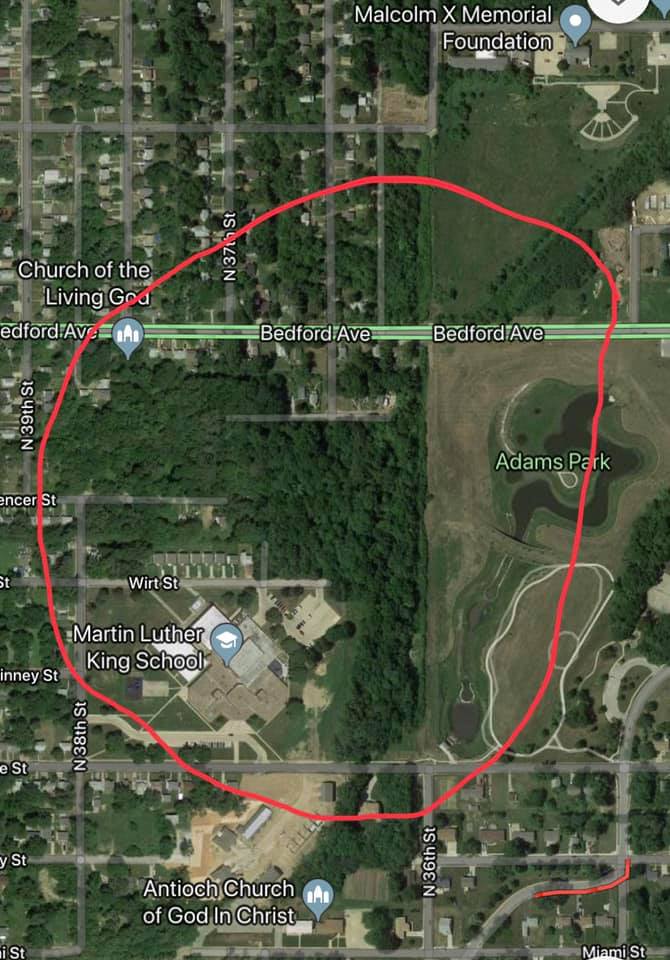
“Plum Nelly” meant “plumb nearly” in reference to its location in relationship to the city, as in, “Those houses were plum out in the sticks, nelly in the country.” Plum Nelly was an informal neighborhood with unfixed boundaries that was located from John A. Creighton Boulevard and Bedford Streets to North 39th and Lake Streets. It might have been established as early as the 1880s, with its residents comprised of African Americans living in informal housing.
Becoming Far Out

Originally platted around 1915, the subdivision where Plum Nelly sits was called Westmoreland. There were more than 230 lots in this subdivision, which extended from Adams Park to the Nebraska School for the Deaf. The neighborhood in-filled immediately after World War II, except for Plum Nelly. I think Plum Nelly existed long before the neighborhood was platted for development or when houses were built. There are newspaper accounts of ramshackle homes in the woods there and African American residents living there in the 1890s. In addition, as I mentioned earlier, the neighborhood to the south, Omaha View, was redlined in 1936; the neighborhood to the north was also an African American neighborhood, although not designated as such by the federal government in the Great Depression. Its where Malcolm X’s family lived in the mid-1920s.
Plum Nelly originally included an entire expanse of woods from North 30th to North 39th, and was slowly hacked away into a smaller and smaller space. First, the Belt Line Railway separated two halves of the area with tracks during the 1880s; second, Adams Park was established in the 1940s, and; third, the Martin Luther King School was built in 1975. Each of these whittled away at the land where these squatters lived.
Apparently, African Americans who couldn’t afford established housing or didn’t want to live in the segregated Black neighborhood moved there. Plum Nelly houses were mostly small shacks tucked into the forest that didn’t have running water or electricity. The neighborhoods east and south of Plum Nelly began construction in the 1880s, with Omaha View completing its in-filling in the 1910s. The Clifton Hill neighborhood to the west was finished around the same time, and the Lincoln Heights neighborhood to the north was finished in the 1920s. Plum Nelly simply never developed. Even the large expanse that became Adams Park was never developed, and was still available to become a park in the 1940s.
White people seemed afraid of Plum Nelly, and it wasn’t spoken of highly by other African-Americans in the Black newspapers. Kids who lived in Plum Nelly who went to school attended Howard Kennedy Elementary School, and were seen as rowdy and a bit wild.
Changing Neighborhoods
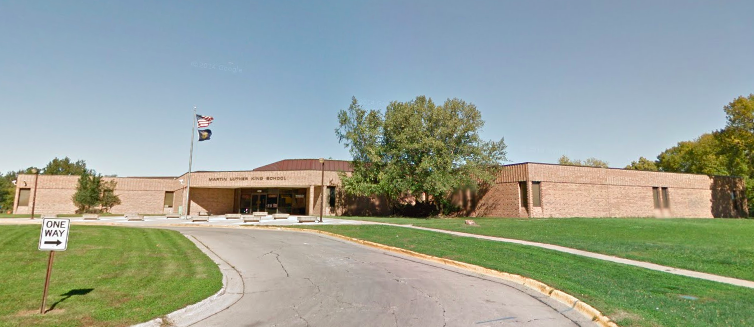
After World War II, the neighborhoods around Plum Nelly changed again. In the 1940s, Adams Park was established out of the undeveloped area that formed the eastern part of Plum Nelly, while new homes were built on the streets all around the area. There are many homes between North 36th west to Fontenelle Boulevard that were built in the 1950s. In the next decade, the area was block-busted by using racism to force white flight to the developing suburbs west of North 72nd Street. African Americans moved into the newer homes west of Plum Nelly, and when whites fled from the neighborhoods around Plum Nelly in the 1960s and 1970s, the entire area became predominately African American.
Martin Luther King Jr. Middle School was opened at North 37th and Maple Streets in 1975. The school was built on half of the remaining land of the Plum Nelly area. The school’s construction most likely displaced any remaining occupants in Plum Nelly, BUT neighborhood stories suggest there may have been people STILL living in Plum Nelly into the 1980s.
Even now, there are houses built within the Plum Nelly neighborhood that do not have paved streets, and even though they are 100-years-old or less, there is little sign they are there!
There is still a section of forest west of Adams Park that used to hold some the shacks within Plum Nelly. However, aside from family stories and a few notations in the newspapers, no evidence exists of this once secret neighborhood that is now a lost neighborhood.
Do YOU have any further info about Plum Nelly? Family stories, photos or other details to share? Please leave a comment below!
You Might Like…
- Historic Neighborhoods in North Omaha
- A History of Adams Park
- A History of the Omaha View Neighborhood
MY ARTICLES ABOUT THE BELT LINE RAILWAY IN NORTH OMAHA
Businesses:4402 Florence Blvd | 4426 Florence Blvd | 4225 Florence Blvd | Omaha Casket Company | U.S. Brush Company | Murphy, Wasey and Company Factory | Iten-Barmettler Biscuit Company | Uncle Sam Breakfast Food Company | Storz Brewery | Douglas Motors Corporation
Neighborhoods: Nicholas Street Historic District | Squatter’s Row | Near North Side | North Omaha Bottoms | Sulphur Springs | Saratoga | Bedford Place | Plum Nelly | Clifton Hill | Orchard Hill | Walnut Hill | Military Avenue
Related: Railroads | 30th and Ames | 16th and Locust | 40th and Hamilton


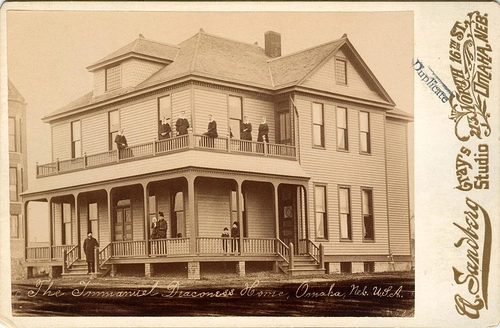

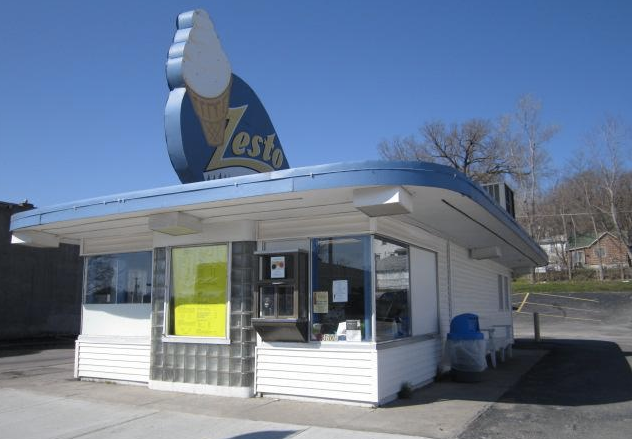
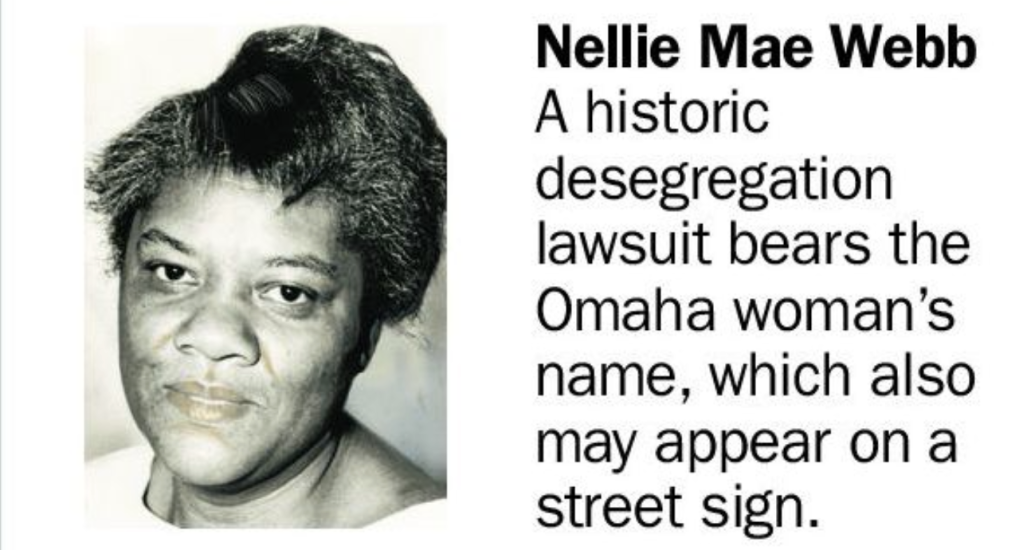
Leave a comment